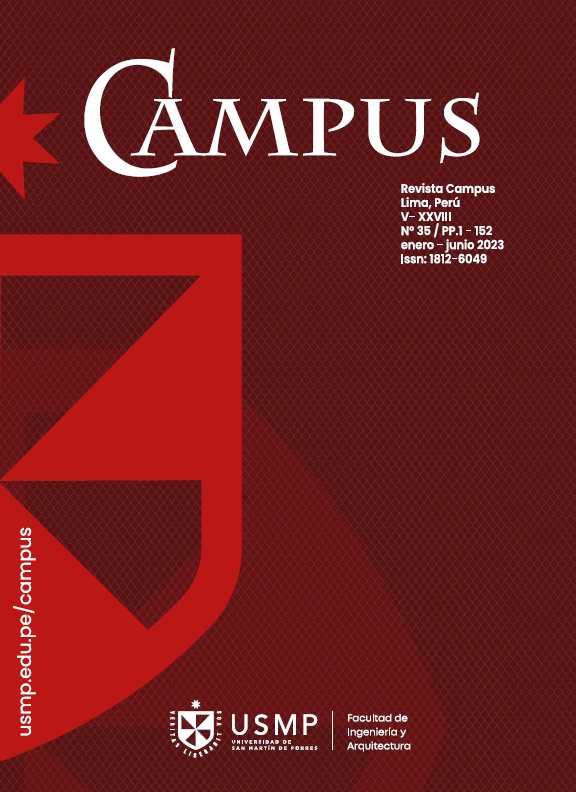ESTRATEGIA DE VALORIZACIÓN PARA LA BIOMASA RESIDUAL GENERADA EN LA PRODUCCIÓN Y TRANSFORMACIÓN DEL CACAO. CAMBIO DE PARADIGMA PARA EL SECTOR
Palabras clave:
biomasa residual, cáscara de la mazorca de cacao, estrategias de valorización, compuestos bioactivos, desarrollo sostenibleResumen
La valorización de la biomasa residual (cáscara de la mazorca, exudado del mucílago y cáscara de la semilla) generada durante la producción y transformación del cacao representa una gran oportunidad en nuestro país, para mejorar la sostenibilidad de esta actividad productiva. Sin embargo, la falta de una estructura organizacional de la gestión productiva y administrativa pone en desventaja su viabilidad. Se ha identificado que los tres componentes de esta biomasa residual, además de ser fuente de nutrientes importantes son ricos en compuestos orgánicos (polifenoles, ácidos orgánicos, metilxantina…). En este sentido, el presente trabajo tiene como propósito sentar las bases de un enfoque ecosistémico basado en la composición química de la biomasa residual del cacao.Descargas
Referencias
Bondia-Pons, I., Aura, A. M., Vuorela, S., Kolehmainen, M., Mykkänen, H., & Poutanen, K. (2009). Rye phenolics in nutrition and health. Journal of cereal science, 49(3), 323-336.
Campos-Vega, R., Nieto-Figueroa, K. H., & Oomah, B. D. (2018). Cocoa (Theobroma cacao L.) pod husk: Renewable source of bioactive compounds. Trends in Food Science & Technology, 81, 172-184.
Chávez, J. A. G., Baviera, J. M. B., & Pérez-Esteve, É. (2022). Valuation Strategies for the Biomass Generated While Producing and Transforming Cocoa into Chocolate. Trends in Sustainable Chocolate Production, 325-350.
De Filippis, L. F. (2015). Plant secondary metabolites: From molecular biology to health products. Plant-Environment Interaction: Responses and Approaches to Mitigate Stress, 1 (1), 263–300.
Hansen, C. L., & Cheong, D. Y. (2019). Agricultural waste management in food processing. In Handbook of Farm, Dairy and Food Machinery Engineering (pp. 673-716). Academic Press.
Lu, F., Rodriguez-Garcia, J., Van Damme, I., Westwood, N. J., Shaw, L., Robinson, J. S., ... & Charalampopoulos, D. (2018). Valorisation strategies for cocoa pod husk and its fractions. Current Opinion in Green and Sustainable Chemistry, 14, 80-88.
MarketsandMarkets (2021a). Dietary Fibers Market worth $9.6 billion by 2025 Dirección URL: <https://www.marketsandmarkets.com/PressReleases/dietary-fibers.asp>. [Consulta: 2 junio 2021].
Mariatti, F., Gunjević, V., Boffa, L., & Cravotto, G. (2021). Process intensification technologies for the recovery of valuable compounds from cocoa by-products. Innovative Food Science & Emerging Technologies, 102601.
MIDAGRI (2020). Producción nacional de cacao en grano. Dirección URL: < https://www.gob.pe/institucion/midagri/noticias/305143-produccion-nacional-de-cacao-en-grano-crecio-en-la-ultima-decada-a-un-promedio-de-12-6-al-ano>. [Consulta: 1 marzo 2021].
Nieto-Figueroa, K. H., Mendoza-García, N. V., Gaytán-Martínez, M., Wall-Medrano, A., Loarca-Piña, M. G. F., & Campos-Vega, R. (2020). Effect of drying methods on the gastrointestinal fate and bioactivity of phytochemicals from cocoa pod husk: In vitro and in silico approaches. Food Research International, 137, 109725.
Okiyama, D. C., Soares, I. D., Toda, T. A., Oliveira, A. L., & Rodrigues, C. E. (2019). Effect of the temperature on the kinetics of cocoa bean shell fat extraction using pressurized ethanol and evaluation of the lipid fraction and defatted meal. Industrial Crops and Products, 130, 96-103.
Soares, T. F., & Oliveira, M. B. P. (2022). Cocoa By-Products: Characterization of Bioactive Compounds and Beneficial Health Effects. Molecules, 27(5), 1625.
Quiles, A., Campbell, G. M., Struck, S., Rohm, H., & Hernando, I. (2018). Fiber from fruit pomace: A review of applications in cereal-based products. Food Reviews International, 34(2), 162-181.
Valadez-Carmona, L., Plazola-Jacinto, C. P., Hernández-Ortega, M., Hernández-Navarro, M. D., Villarreal, F., Necoechea-Mondragón, H., ... & Ceballos-Reyes, G. (2017). Effects of microwaves, hot air and freeze-drying on the phenolic compounds, antioxidant capacity, enzyme activity and microstructure of cacao pod husks (Theobroma cacao L.). Innovative Food Science & Emerging Technologies, 41, 378-386.
Vásquez, Z. S., de Carvalho Neto, D. P., Pereira, G. V., Vandenberghe, L. P., de Oliveira, P. Z., Tiburcio, P. B., ... & Soccol, C. R. (2019). Biotechnological approaches for cocoa waste management: A review. Waste management, 90, 72-83.
Villamizar-Jaimes, A. R., & López-Giraldo, L. J. (2017). Cáscara de cacao fuente de polifenoles y fibra: simulación de una planta piloto para su extracción. Respuestas, 22(1), 75-83.
Vriesmann, L. C., Amboni, R. D. D. M. C., & de Oliveira Petkowicz, C. L. (2011). Cacao pod husks (Theobroma cacao L.): composition and hot-water-soluble pectins. Industrial Crops and Products, 34(1), 1173-1181.
Yapo, B. M., Besson, V., Koubala, B. B., & Koffi, K. L. (2013). Adding value to cacao pod husks as a potential antioxidant-dietary fiber source. American Journal of Food and Nutrition, 1(3), 38-46.






